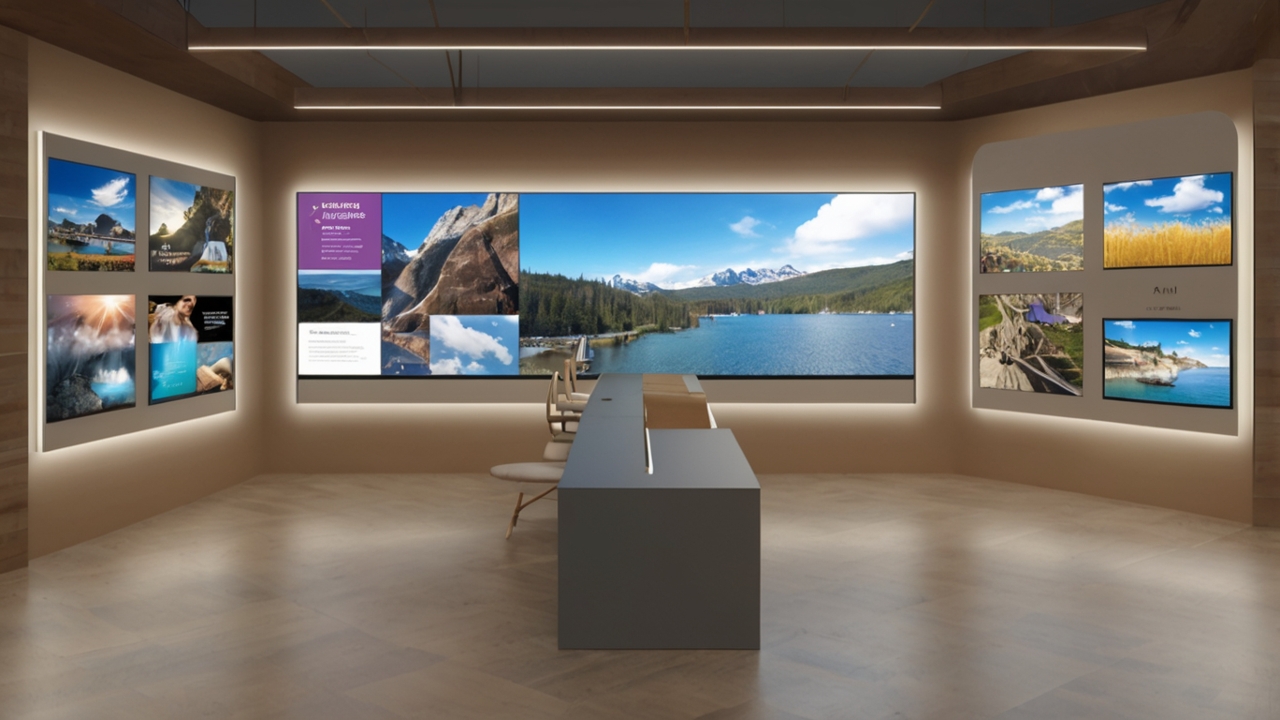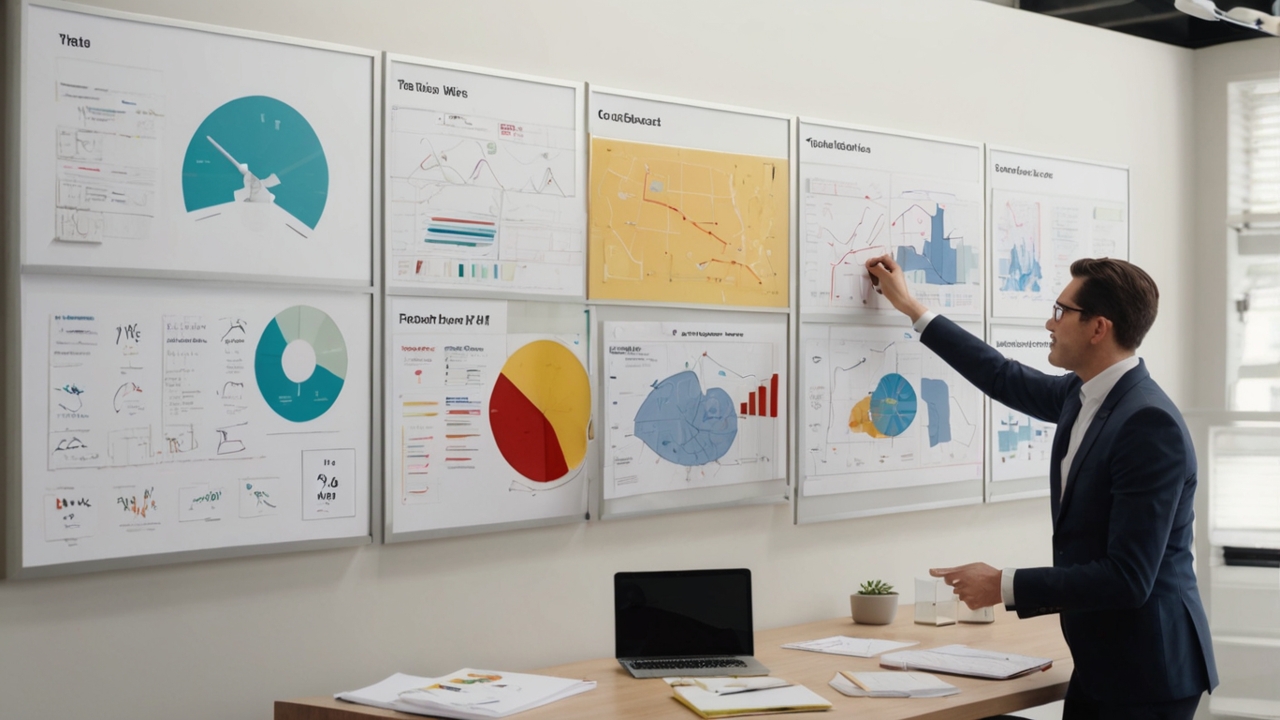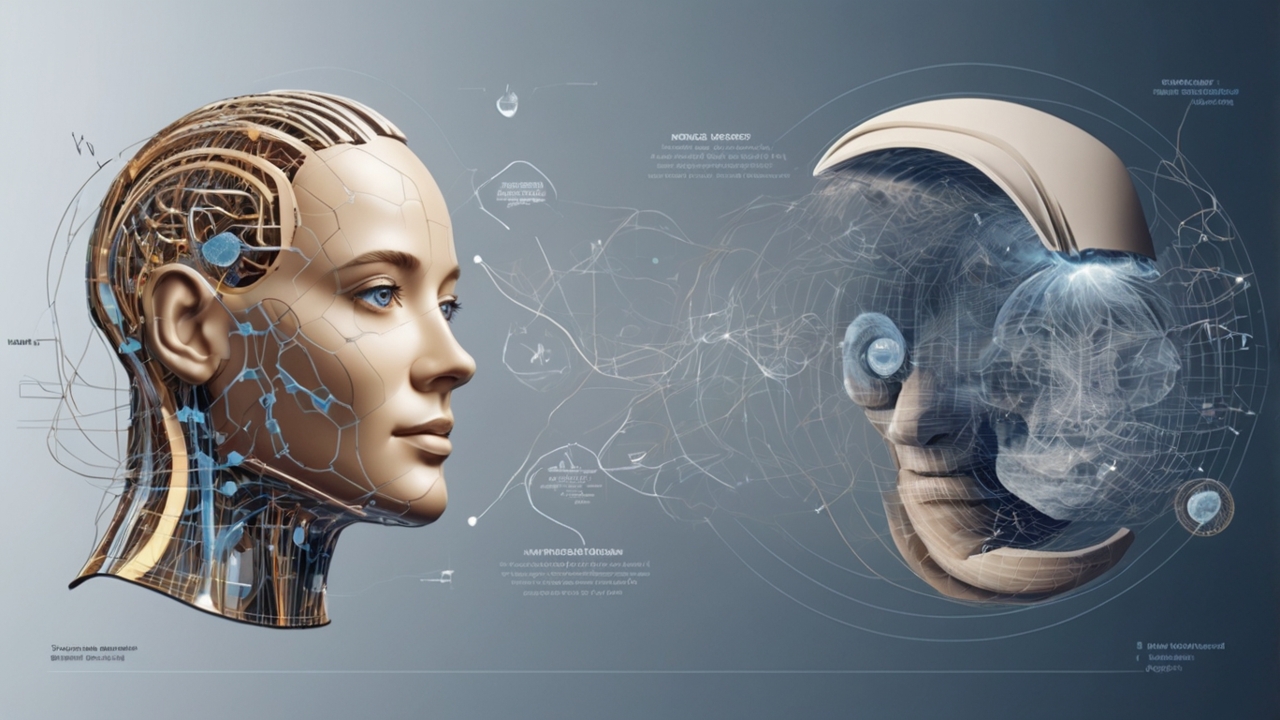Mayumiotero – As consumer awareness grows, sustainability is no longer optional—it’s a necessity. Furniture makers are under pressure to minimize waste and reduce their environmental impact. This shift has sparked the development of tools that blend design precision with eco-consciousness. These tools help create pieces that not only look good but are also responsibly made, ensuring that aesthetics never come at the planet’s expense.
“Read more: What to Do After a Traffic Accident: First Response Tips“
3D Visualization Software Minimizing Material Waste
Modern 3D modeling tools like SketchUp, Fusion 360, and Rhino offer furniture designers the ability to visualize every detail before cutting a single material. These platforms simulate how pieces fit together, helping makers optimize every inch of wood or fabric. This reduces offcuts and waste, leading to more sustainable manufacturing. Clear, accurate previews also cut down on prototyping errors.
AI-Powered Design Assistants for Eco-Friendly Choices
AI-driven platforms are now guiding designers toward sustainable material selections and energy-efficient construction methods. Tools like Autodesk’s Generative Design or Gravity Sketch can suggest lighter, stronger shapes that use less material. AI can also analyze a product’s lifecycle impact, helping makers make better long-term choices without sacrificing structural integrity or style.
Material Tracking and Certification Integration
Sustainable design isn’t just about reducing waste—it’s also about accountability. Platforms like Material Bank or Mindful Materials help furniture makers source certified eco-friendly components. Many visual tools now integrate tracking features, ensuring that every piece of timber, metal, or textile is traceable and ethically sourced. This transparency builds trust with consumers and supports global environmental standards.
Augmented Reality for Ethical Consumer Engagement
AR tools allow customers to preview furniture in their space before purchase. This reduces unnecessary returns and transportation emissions. For makers, it’s also a chance to showcase sustainability stories—highlighting recycled materials or low-impact finishes in real time. These immersive tools make sustainability not just a backend process, but a visible, valuable part of the brand narrative.



